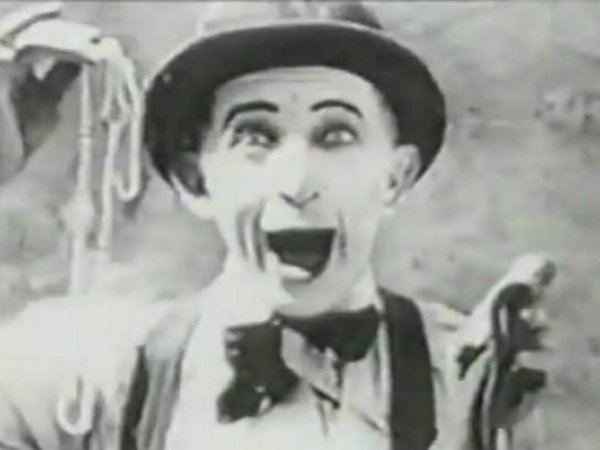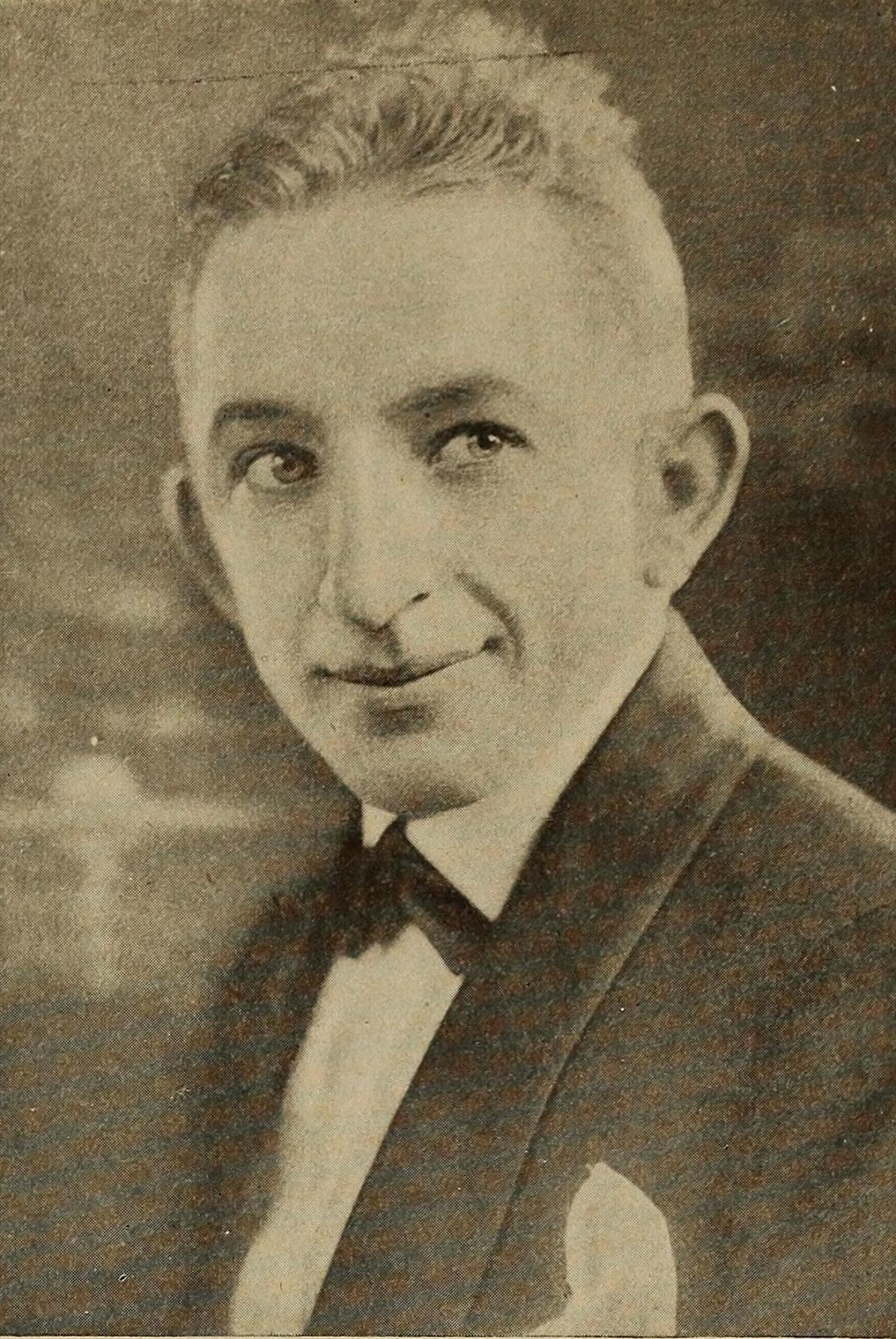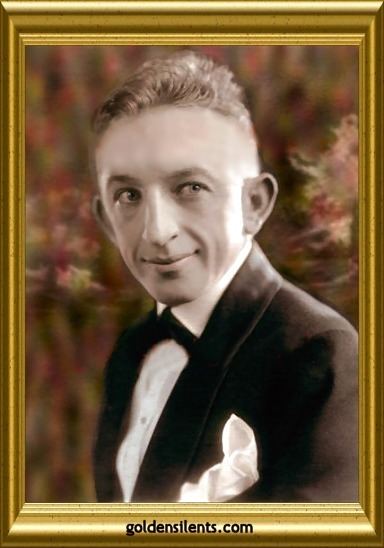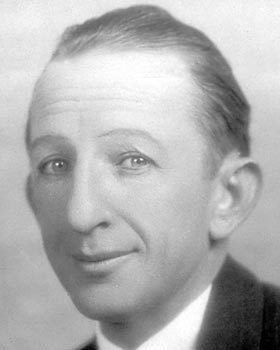Years active 1916–1928 Resting place Cremation Parents Zera the Great | Role Actor Name Larry Semon | |
 | ||
Other names Lawrence Semon, Zigoto, Ridolini, Jaimito, Tomasin Occupation Actor, director, producer, screenwriter Movies Wizard of Oz, The Sawmill, Frauds and Frenzies, Kid Speed, The Perfect Clown Similar People | ||
Stan laurel larry semon in frauds frenzies
Lawrence "Larry" Semon (February 9, 1889 – October 8, 1928) was an American actor, director, producer, and screenwriter during the silent film era. In his day, Semon was considered a major movie comedian, but he is now remembered mainly for working with both Stan Laurel and Oliver Hardy before they started working together.
Contents
- Stan laurel larry semon in frauds frenzies
- Larry Semon in HORSESHOES 1923 Laurel Hardy
- Early life
- Career
- Death
- Nicknames
- References
He is also sometimes noted for directing (as well as appearing in) the 1925 silent film The Wizard of Oz, which had a slight influence on the better-known 1939 talkie The Wizard of Oz released by MGM. The film was included in the 2005 three-disc DVD version of the 1939 film, along with other silent Oz movies.
Larry Semon in HORSESHOES (1923) (Laurel & Hardy)
Early life

Born in West Point, Mississippi, Semon was the son of a vaudeville magician, Zera the Great, while his mother worked as his assistant. Along with his older sister, Semon joined his parents' act until his father's death. After completing his education in Savannah, Georgia, Semon moved to New York City, where he worked for The New York Sun and later The New York Morning Telegraph as a cartoonist and graphic artist. While working as an artist, Semon appeared in monologues in vaudeville, where he attracted the attention of Vitagraph Studios. In 1915, he was offered a contract with the company.
Career
After signing with Vitagraph, Semon worked behind the scenes as a scenario writer, director, and film producer for actor Hughie Mack's films. He occasionally cast himself in bit parts in the films he worked on. When Mack left Vitagraph, Semon began playing the lead roles. He usually played a white-faced goof in derby hat and overalls who would enter any given setting (a bakery, a restaurant, a construction site, a prison camp, etc.) and cause chaos, with people being covered with debris and property being destroyed. His short slapstick comedies were made and released quickly and prolifically, making Semon very familiar to moviegoers.

As his fame grew, his films expanded from one reel (about 12 minutes) to two reels, and Semon was given a free hand in making them. This became a dangerous policy because Semon became notorious for being expensive and extravagant: his two-reel comedies could easily cost more than an average five-reel feature film. As a former cartoonist, Semon staged similarly cartoony sight gags, using elaborate special effects. No gag was too big for Semon. He loved chase sequences involving airplanes (sometimes using three in a film), exploding barns, falling water towers, auto wrecks and/or explosions, and liberal use of substances in which to douse people. A typical Semon comedy might involve barrels of flour, sacks of soot, gallons of ink, gobs of jam, or pits filled with mud. For example, in Semon's The Bell Hop, a man sleeping under the spray of a malfunctioning fountain imagines he is swimming in the ocean, and in his sleep he dives off the bed, through the floor, and into a vat of paint in the lobby below. Oliver Hardy recalled in an interview that Semon, when staging his comedy short The Sawmill in a lumber camp, would not use traditional, painted stage sets. Instead, Semon insisted on building permanent log cabins complete with modern conveniences. The production budget soared, and his bosses at Vitagraph finally demanded that Semon become his own producer and underwrite his productions personally.

Semon tried to reverse his financial problems by entering the more lucrative field of feature films. He produced and starred in a few features in the mid '20s, but by 1927 he was back in short subjects released through Educational Pictures. After filing for bankruptcy in 1928, Semon returned to vaudeville. While traveling on the vaudeville circuit, he suffered a nervous breakdown and went back to Los Angeles.
Death
After returning to Los Angeles, Semon was sent to a sanatorium in Victorville, California, where, on October 8, 1928, at the age of 39, he died of pneumonia and tuberculosis.
Nicknames
French audiences knew him as Zigoto,
Italian ones as Ridolini,
and Spanish ones as Jaimito ("Jimmy") in pre-war releases and
Tomasín ("Tommy") in the 1940 rereleases by Manuel Rotellar.
